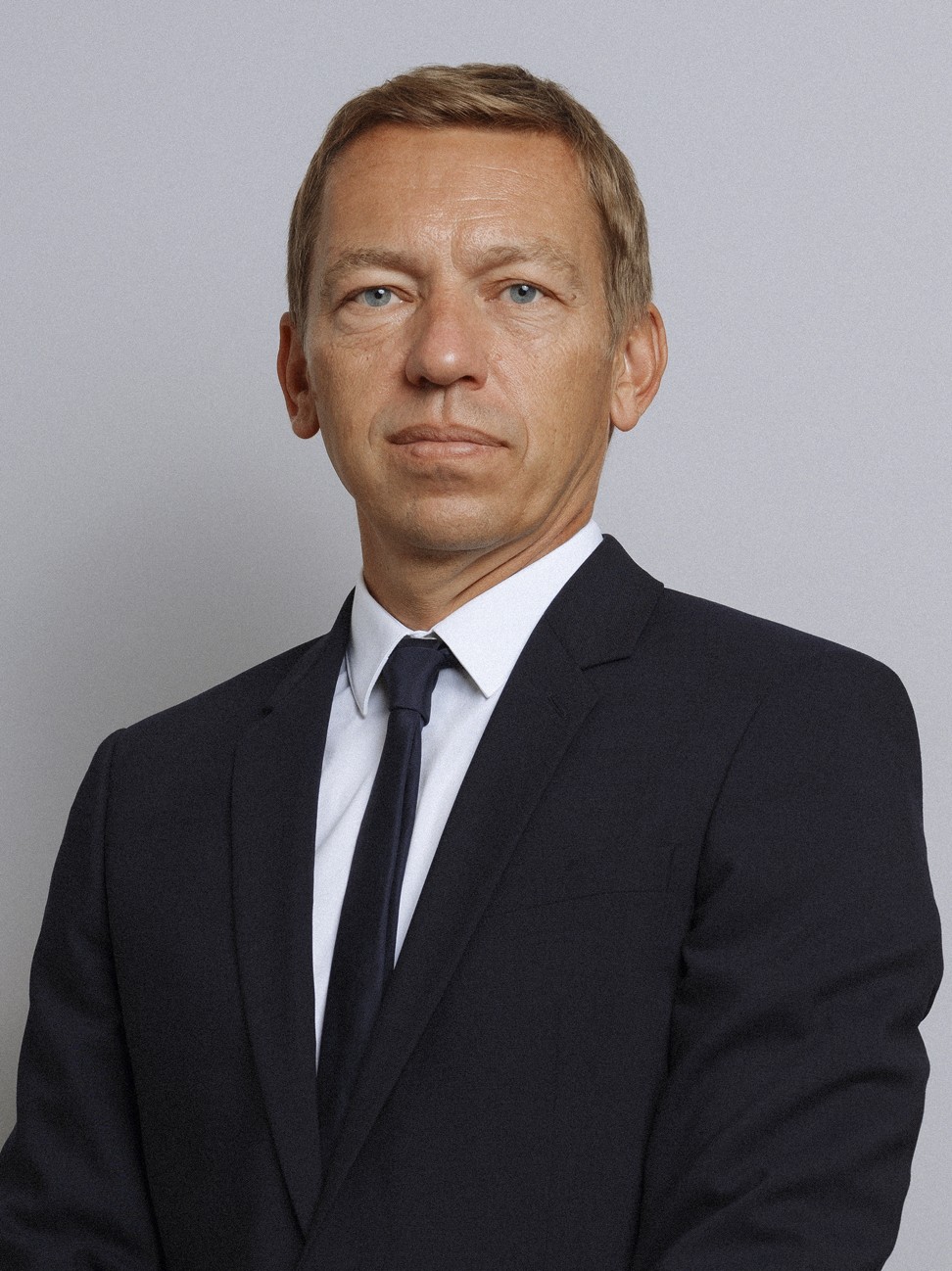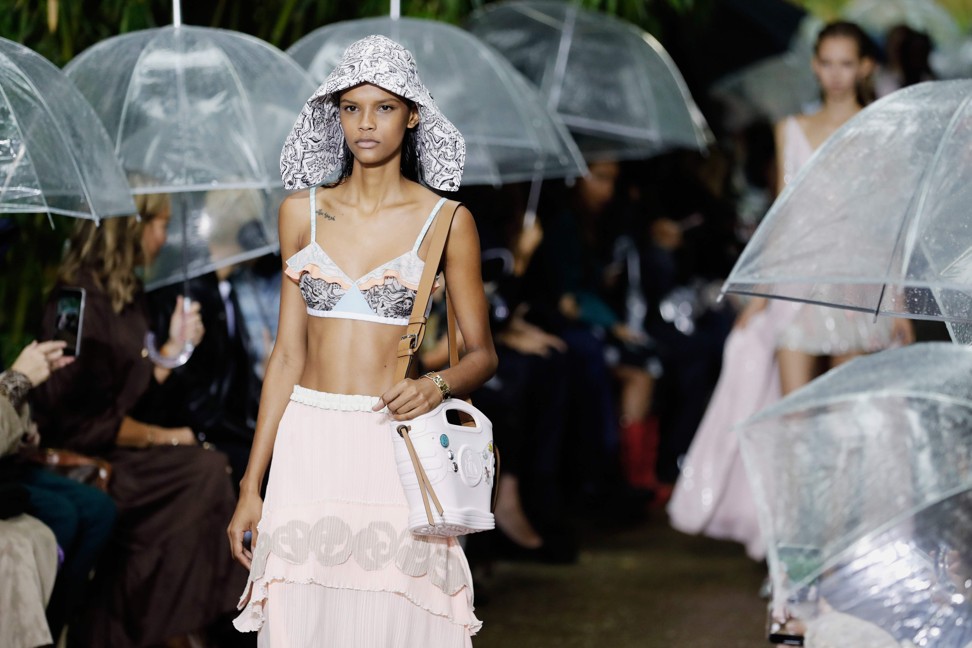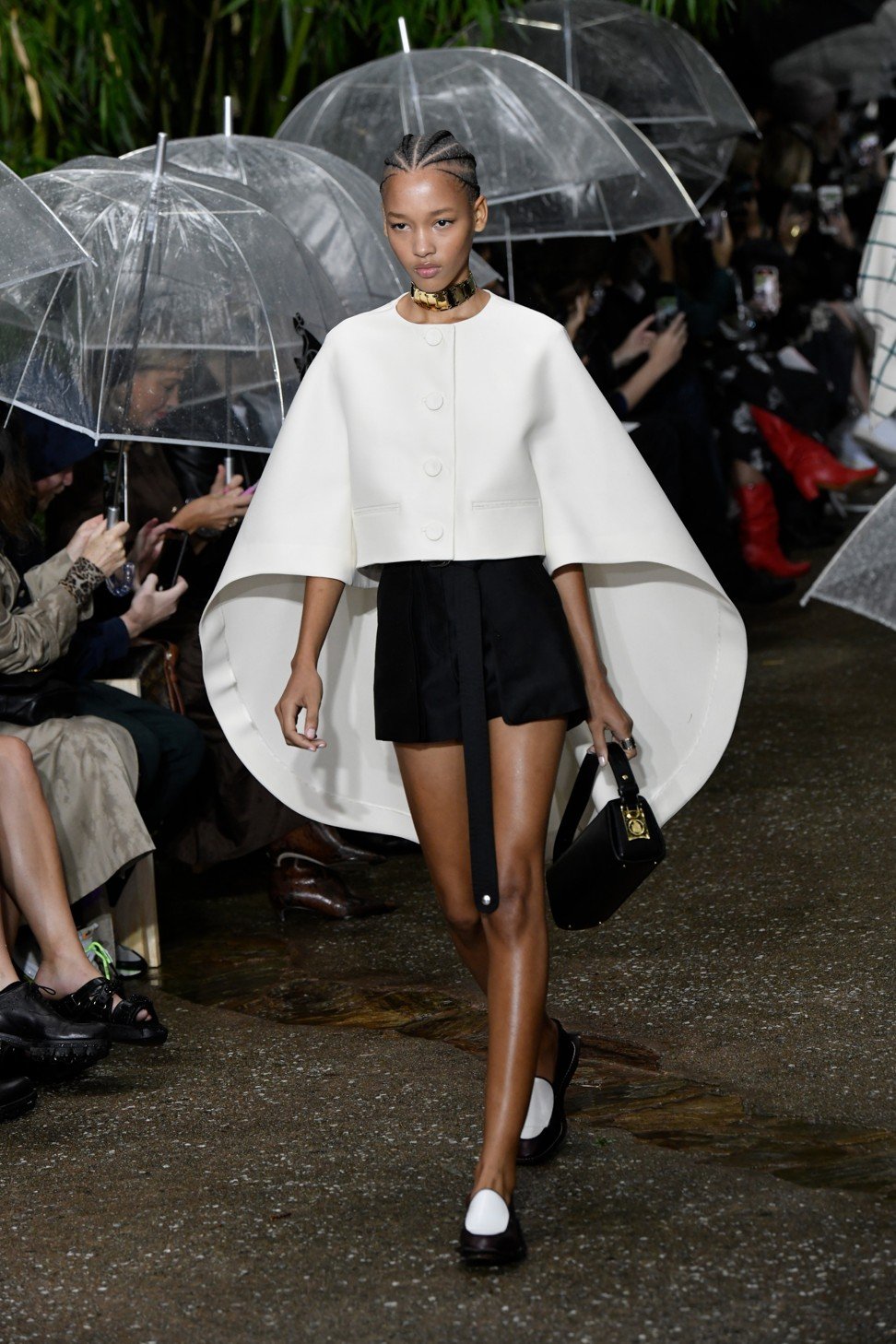Can Lanvin, France’s third-oldest fashion house, be revived? New CEO Jean-Philippe Hecquet thinks so

The latest instalment in our series with luxury CEOs. This month: Jean-Philippe Hecquet, CEO of Lanvin
Founded by Jeanne Lanvin in Paris in 1889, and acquired by Chinese conglomerate Fosun in 2018, Lanvin is turning 130 years old. How does new CEO Jean-Philippe Hecquet plan to revive France’s third oldest fashion house?

Q. What has changed since Fosun acquired Lanvin?
A. As the oldest French fashion house in operation, with 130 years of history, Lanvin has chosen Fosun as a shareholder and partner that truly understands and appreciates our heritage. [Fosun] has strong long-term commitment and a clear vision to take the brand to the next stage.
As a family-focused multinational corporation rooted in China, Fosun has the right and unique position and resources to bring Lanvin to a much wider stage. The group and Lanvin have generated lots of synergy in the Chinese market, as well as on a global scale, thanks to Fosun’s extensive footprint across the world.
Just in time for Christmas: the Bulgari collection at Harrods
Q. What is your vision for the brand?
A. Our vision for Lanvin is clear. We want to bring this beautiful and unique brand back to life among the leading luxury fashion houses.

Q. How do you plan to achieve that?
A. We have worked first on redefining the whole organisation over the past 12 months, making it lighter, more agile and more adapted to future growth. Our recovery will, of course, come from appealing new collections designed by Bruno, where accessories will be at the heart of our product strategy. We will also focus on increasing our brand awareness in our key markets (France, the US, China, the UK and Italy) through a strong communication plan. In terms of distribution, we want to offer an omnichannel with flagships in key fashion capitals supported by a full digital presence and services.
Creative director Lucas Ossendrijver leaves Chinese-owned Lanvin
Q. Lanvin has changed a few creative directors over the past few years. How do you see the balance between creativity and business for Lanvin?
A. We define ourselves as a creative luxury brand. Bringing Bruno on board to lead our creative team was Lanvin’s most important decision of the past few years. His vision, his leadership, his creative power, his youthfulness, will revive the emotions of our customers [both existing and new ones].

Q. A few cases of culture appropriation have happened lately. What is your advice to brands who do business in China?
A. I would say China is like all the other markets: respect and understand the country you enter. Build the foundation of success while staying true to your roots. Take Lanvin as an example. The brand has a 130-year history; French heritage is in our DNA. But to thrive in China, we need to identify the answers to these questions first: What is Lanvin in the eyes of Chinese customers? Which elements [resonate] with them the most? This requires us to keep our eyes and ears open to build a “global” community in China. And having an owner and partner like Fosun helps.
Q. Are you adopting different strategies for China and other markets in the world?
A. China is definitely a strategic market for Lanvin, if not the most important one. From a branding perspective, we devote a lot of effort to ensuring that a unified, true-to-the-brand Lanvin image is perceived in different countries. The special [characteristic] of China lies in its evolving digitalisation. It is important for brands to leverage powerful social media platforms and other digital tools such as offline-online connection from retail space to SCRM. The key is to keep up with ultra-connected Chinese customers by showcasing your brand, your products, and providing services where the clients are.
Q. What in China do you feel familiar with?
A. I have been travelling to China for 15 years, starting with [when I was at} Louis Vuitton back in 2004. I also had a Chinese owner at SMCP. What amazes me about China is how fast everything goes, how fast things change and how agile this country is. In terms of fashion, I have seen a lot of changes over the past few years. Customers are fashion-savvy. They know what they want.
Paris Fashion Week: Bruno Sialelli lifts ‘fading’ Lanvin with debut show
Q. As diversity and gender equality become more prominent aspects of the fashion industry, what is it like at Lanvin?
A. It is very important to us, and that’s why I have recruited Bruno Sialelli, whose responsibility is for both genders. His vision is global and transversal, and he always thinks of men and women together in a gender-fluid mindset. In his shows, he systematically offers both men’s and women’s looks.

Q. What are Lanvin’s bricks and mortar and digital retail strategies?
A. We will [consolidate] our retail position with key flagships in the biggest fashion capitals in the world, but in a selected way. For example, we just opened our new Hong Kong store at K11 MUSEA – the city’s key cultural-retail destination – as part of our strategy. At the same time, digital is in the heart of our distribution strategy supported as well by our accessories product plan. Thus we will reinvest in our current e-commerce sites to upgrade the experience while investing also on key partnerships with digital players, Farfetch being one of them.
Q. After being at LVMH and SMCP, what is your new working environment like?
A. My long international experience at LVMH was important in building true luxury retail and product expertise and in understanding different cultures. At SMCP, I learned entrepreneurship, agility and speed. So today I’m using both these experiences to build the best team and strategy for Lanvin.
Why former Lanvin designer Alber Elbaz embraces Instagram
Q. What is luxury to you? A. Luxury is an emotion.
JOB EXPERIENCE:
Aug 2018-present: CEO of Lanvin
Sept 2014- Aug 2018: CEO of Sandro
Sept 2012-Aug 2014: International retail director, TAG Heuer
Sept 2009-Aug 2012: General manager at Louis Vuitton Canada
Jan 2007-Sep 2009: Vice-president of operations at Louis Vuitton North America
Want more stories like this? Sign up here. Follow STYLE on Facebook, Instagram, YouTube and Twitter .

Chinese conglomerate Fosun, which bought Lanvin in 2018, hopes that its long-term commitment and clear vision will take the 130-year-old brand to a much wider stage